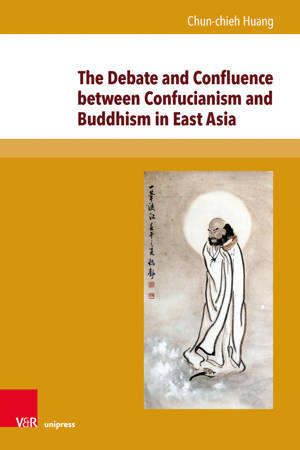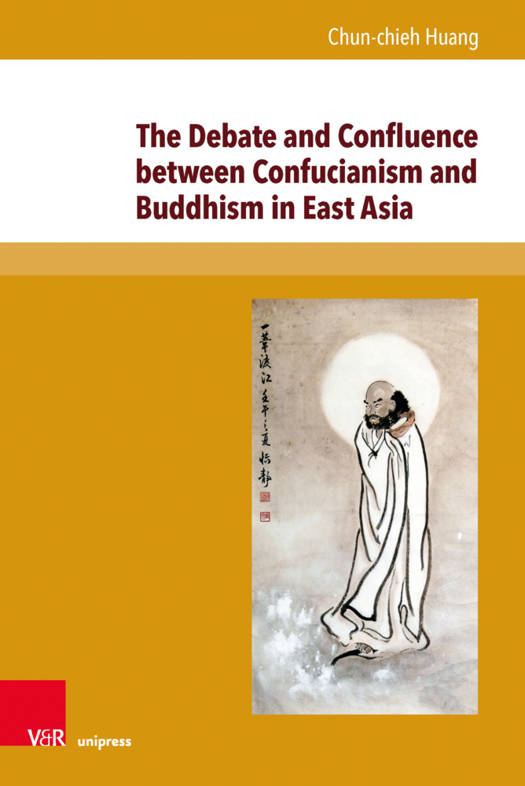
- Afhalen na 1 uur in een winkel met voorraad
- Gratis thuislevering in België vanaf € 30
- Ruim aanbod met 7 miljoen producten
- Afhalen na 1 uur in een winkel met voorraad
- Gratis thuislevering in België vanaf € 30
- Ruim aanbod met 7 miljoen producten
Zoeken
The Debate and Confluence Between Confucianism and Buddhism in East Asia
A Historical Overview
Chun-Chieh Huang
€ 36,95
+ 73 punten
Omschrijving
After the arrival of Buddhism toward the end of the Eastern Han dynasty (25-220), Buddhism found itself in a fierce conflict with indigenous Chinese thought. The controversies between Confucianism and Buddhism reached their peak in the time of the Northern and Southern dynasties (420-589). By then these two ideologies had gone through a long period of mutual conflict. When Buddhism spread East from China and entered Korea and Japan, a wide array of intense debates was aroused in 14th and 15th century Korea and in 17th century Japan that resulted in an ultimate confluence between Confucianism and Buddhism. This volume tells the story of the debate between Buddhism and Confucianism in East Asia and explains the reason why the confluence between these two systems of thought is possible.
Specificaties
Betrokkenen
- Auteur(s):
- Uitgeverij:
Inhoud
- Aantal bladzijden:
- 99
- Taal:
- Engels
- Reeks:
- Reeksnummer:
- nr. 8
Eigenschappen
- Productcode (EAN):
- 9783847110385
- Verschijningsdatum:
- 11/11/2019
- Uitvoering:
- Hardcover
- Formaat:
- Genaaid
- Afmetingen:
- 155 mm x 231 mm
- Gewicht:
- 272 g

Alleen bij Standaard Boekhandel
+ 73 punten op je klantenkaart van Standaard Boekhandel
Beoordelingen
We publiceren alleen reviews die voldoen aan de voorwaarden voor reviews. Bekijk onze voorwaarden voor reviews.








